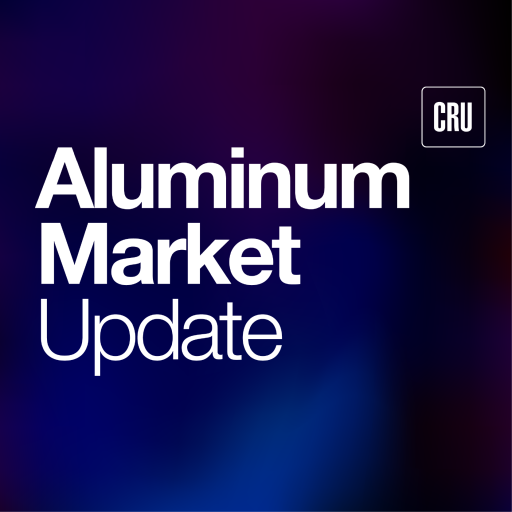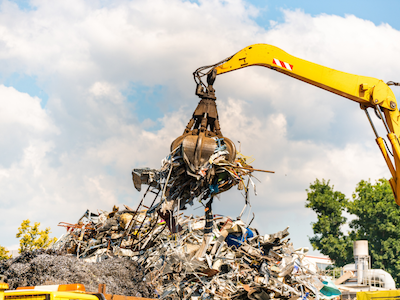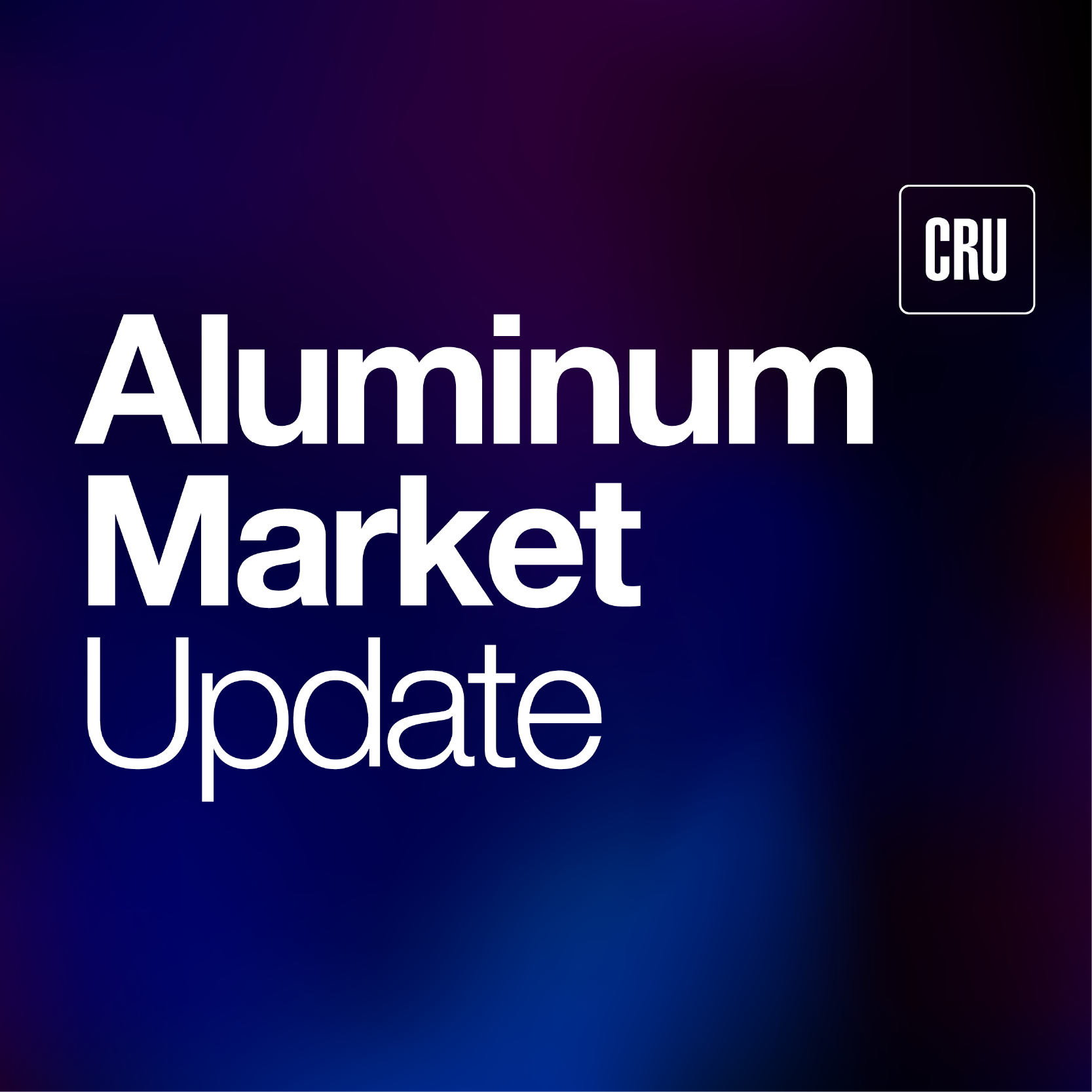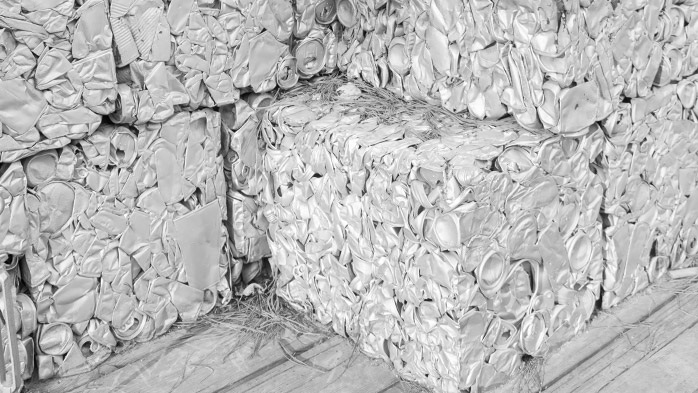Aluminum Scrap Markets
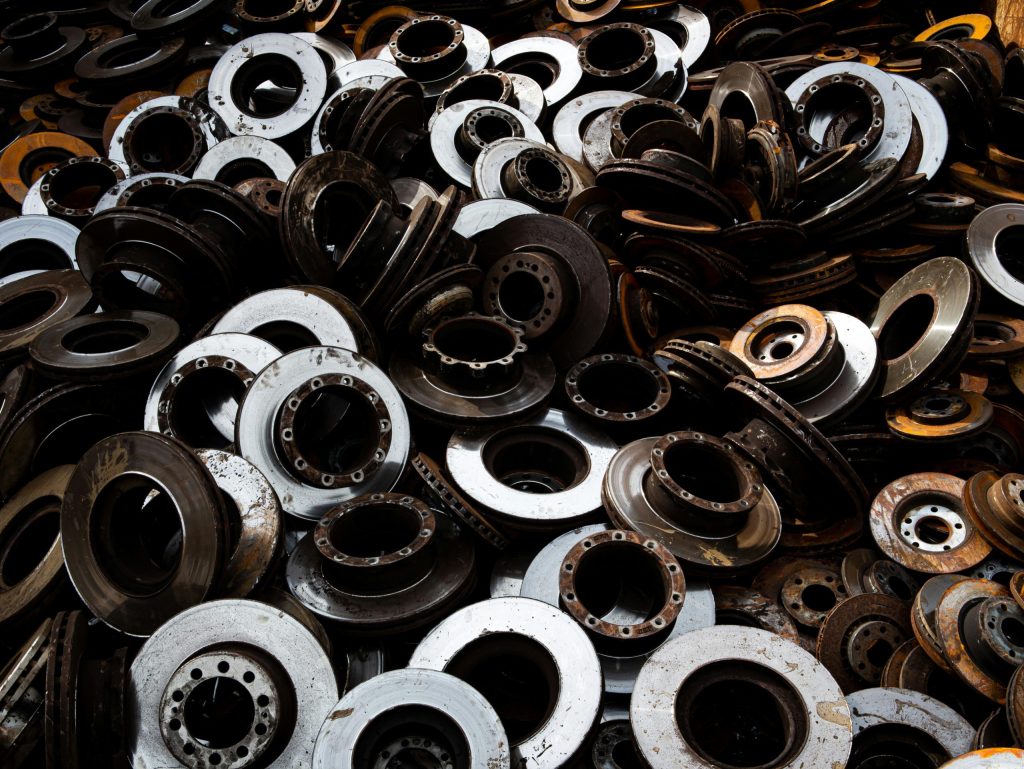
July 25, 2025
Deeper dive: What the American Axle & Manufacturing and Dowlais merger means for scrap
Written by Nicholas Bell
On Friday, AMU examined the merger of two major players in the auto supply chain American Axle & Manufacturing and UK-based Dowlais Group PLC (Dowlais), which is an inflection point for aluminum usage in vehicles, regional scrap flows, global supply chain exposure, and the evolving economics of internal combustion engine vehicles (ICEs) and electric vehicles (EVs).
Today, we’re examining the deal’s impact on recycled aluminum.
One plant’s scrap is another segment’s treasure
One often-overlooked implication of these mega-unifications is the impact on the manufacturing and scrap footprint.
By merging, AAM and Dowlais are set to become a juggernaut of scrap generation in North America.
AAM noted that in 2023, the company generated around 185,000 tons (t) of scrap metal, while Dowlais reported a similar figure of 170,000t of solids waste recycled in 2024. The latter figure likely includes a substantial portion of scrap metal, especially aluminum, possibly even more so than American Axle & Manufacturing.
Even under conservative assumptions – accounting for potential overlaps, the share of waste that is actual metal, the aluminum-to-steel ratio, regional generation rates, and moisture/oil content – the combined North American facilities could easily yield significant volumes of scrap.
For the sake of estimation: If each company’s share of North American sales roughly aligns with its share of scrap generation, and if 2023 and 2024 volumes are comparable between the two companies, then even after deducting a conservative 20% baseline for oil and moisture, the new entity might generate 180-190,000t annually.
To put that into perspective, this volume of scrap is roughly half the total used cast aluminum scrap purchased in the U.S. in 2024, according to U.S. Geological Survey data.
Shifting claims in the supply chain
Integration of operations could carry meaningful implications for regional scrap flows. AAM’s operations are highly concentrated in a handful of states: Michigan, Indiana, Illinois, Pennsylvania, and Ohio in the U.S. and Guanajuato, Mexico south of the border. The Dowlais adds a couple of facilities in North Carolina as well as couple one-off facilities in others but largely has facilities in each of those same states and Guanajuato, Mexico.
That extended footprint could allow for more efficient scrap consolidation, with forging and casting plants funneling material to recyclers in bulk or possibly leverage that volume to negotiate favorable terms on their industrial accounts with processors.
Moreover, the merger could enable greater internal reuse of scrap. GKN Powder Metallurgy is already capable of using up to 100% scrap feedstock for its precisions-engineered aluminum components.
Post-merger, management might pursue standardization of aluminum alloys and scrap segregation practices across plants.
For instance, a forging plant owned by AAM pre-merger, could divert scrap to a GKN component casting facility.
While AAM’s customer base has historically leaned toward the Big Three automakers, GM made up an outsized portion of their customer base.
Dowlais, by contrast, brings stronger program relationships with Japanese and European OEMs operating across more diverse geographies, yet focuses on more specialized components that slot into the broader drivetrain systems AAM typically assembles in full.
While the merger represents an opportunity for a more interconnected scrap and machining ecosystem, it could also result in a more decentralized landscape with aluminum being source and finished in a wider array of regions.
For instance, while Toyota has manufacturing operations, like GM, in Indiana, Michigan, and Guanajuato, it also maintains facilities in Kentucky and Mississippi, where a different ecosystem of aluminum players is concentrated. In these regions, automakers like Toyota not only operate assembly and supplier plants but also manage vertically integrated scrap collection and recycling arms, such as Missouri Smelting Technology (MOST), which has operations in Missouri and Tennessee.
A wider mix of OEMs might spur aluminum flows to expand beyond the traditional Big Three territory into geographies where automakers already have built in-house recycling and supply loops. But it could also sharpen competition for material flows, both in overlapping regional strongholds where entrenched automakers already dominate, and further upstream, where the two companies may have historically relied on different suppliers for aluminum alloy inputs.




